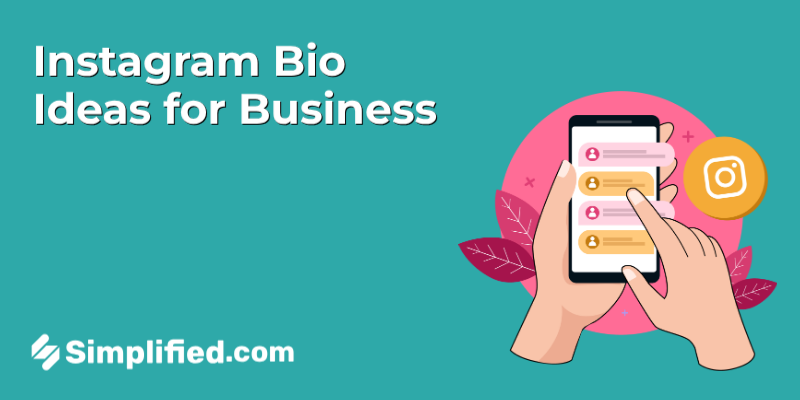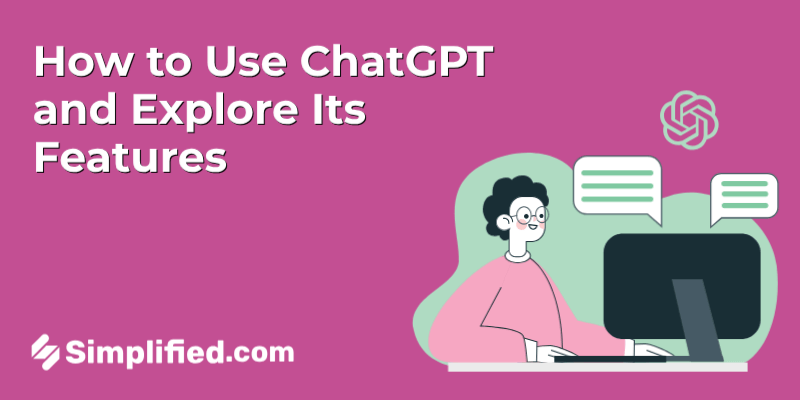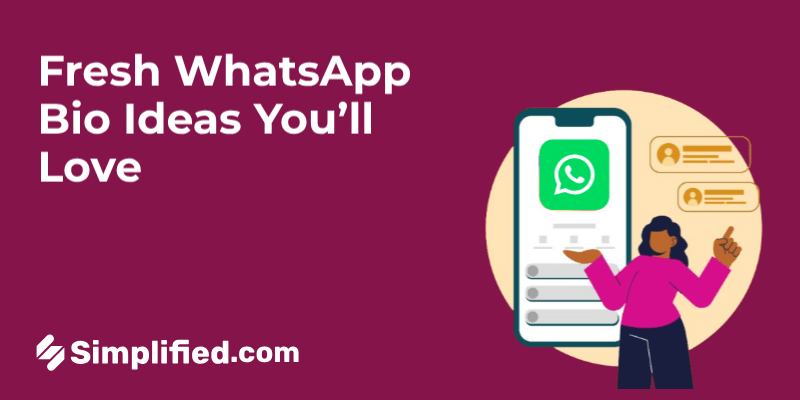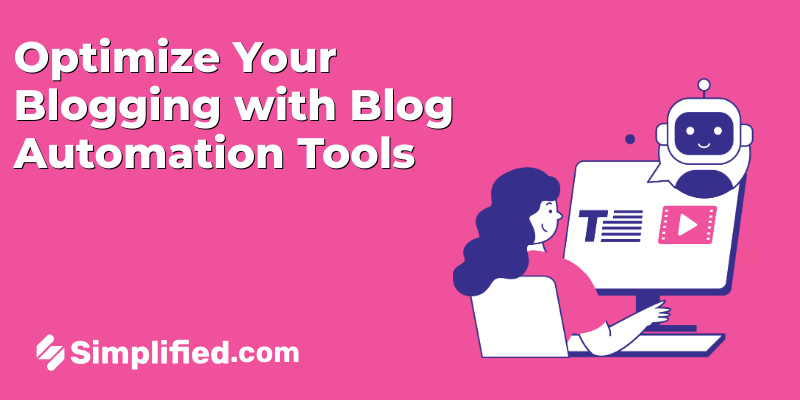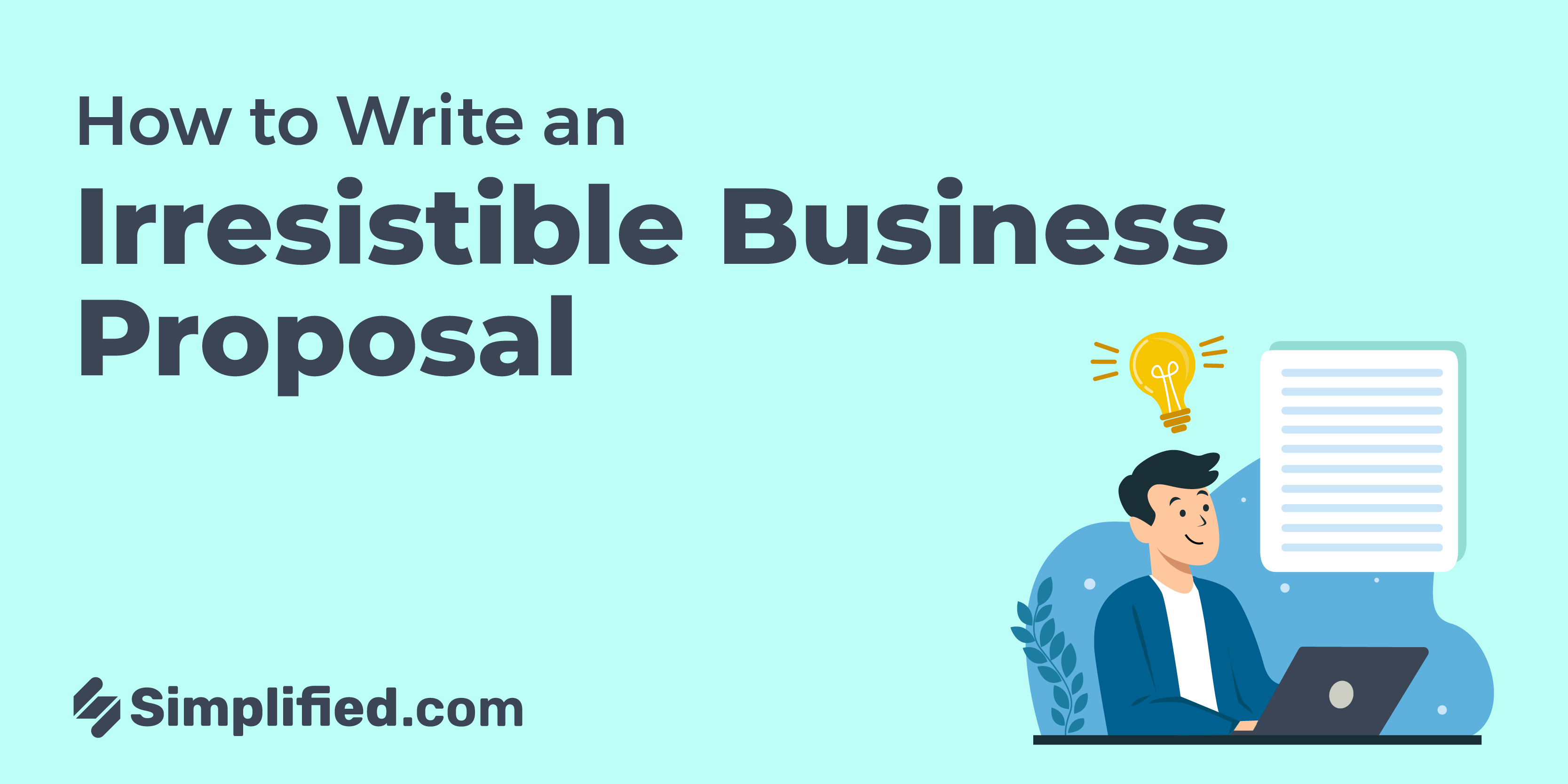
Need to write an effective business proposal for a potential client, aggregator, or collaboration opportunity?
We’ve got you covered.
Today we’re covering seven simple tips to help you write a well-written business proposal.
Ready to learn more?
Let’s get started!
The importance of writing a strong business proposal
When starting a business, having a strong and compelling business proposal isn’t just important — it’s essential. A business proposal serves as the blueprint for your venture and client outreach emails, outlining your vision, strategies, and plans for success.
Here are some additional reasons a strong business proposal is crucial when starting a business:
Attracting investors and funding
A well-crafted business proposal acts as a persuasive tool to attract investors and secure funding for your startup. In particular, it’s essential when pitching to innovative financing models like revenue-based financing. Take, for instance, a revenue-based financing startup named GetVantage, which specializes in offering alternative funding solutions to emerging businesses.
A business proposal should provide a clear overview of your business model, market analysis, financial projections, and growth strategies, giving investors the confidence to invest in your vision.
Setting clear goals and demonstrating value
A business proposal helps you articulate your goals and strategies in a structured manner. It outlines your objectives, competitive advantage, and core strategies, enabling you to define a clear roadmap on how you can help your clients (and your business) become successful.
Simplifying complex or lengthy sales processes
Back-and-forth email correspondence with prospective clients can wreak havoc on company time and resources. But with a strong business proposal, you can simplify what would normally be a complex or lengthy sales process. By writing a compelling business proposal to qualified prospects, you can fast-track lead conversion and the client onboarding process.
Types of business proposals
From sales proposals to marketing proposals to project proposals, there are all kinds of business proposals.
Luckily, the tips we’re sharing today apply to any type of business proposal — except for unsolicited proposals. Hint: Unless you have a good reason for it, never send unsolicited business proposals to cold leads.
For example, sending a return-to-business proposal to a prospect who used to be a solid client can work if you’ve developed a new solution that can meet their needs better than before. However, sending a random social media marketing proposal to a brand you’ve never nurtured isn’t just unprofessional, but it’s also inappropriate.
Instead, start with a cold email campaign so you can warm them up first. Once you’ve nudged the lead closer to the middle of the funnel (MoFu), you can send them an official proposal.
And without further ado, here’s how to write a business proposal:
1. Get clear on your intention
What exactly would you like to propose and why? For example, would you like to propose business consulting services? If so, how will this bring value to your prospects’ lives?
For instance, can you promise that your consulting solutions will save them time, money, or precious resources? Do you have a knack for helping clients reach their goals faster than your competitors can? (More on competitive advantages in a bit.)
How do you know they need what you’re offering? Write your answer down to get crystal clear on your “why”. This is also a great exercise to help you identify value-driven language you can include in your proposal. We’ve highlighted this in bold below.
For example, if you’re looking to propose a trial of your project management platform to a startup project management agency, you might write something like:
“In our previous conversations, the head project managers at Creative Projects Co. said they were struggling to keep their project timelines on track. They’ve been on the hunt for a new project management platform, but the solutions they’ve tried are either too expensive or too robust. Luckily, we offer tiered plans and flexible feature options that we can adjust to meet any project team’s specific needs.”
(More on value-driven language in a bit.)
Bonus: Crafting Compelling Sales Pitches: A Step-by-Step Guide with Free Presentation Maker
2. Make sure you’re speaking to the right person
Make sure you’re speaking to the correct decision-maker for your specific request — you could miss out on endless business opportunities simply by asking the wrong person!
Unfortunately, people may not feel inclined to pass your proposal to the correct person or give you their best email to get connected (though you can always ask if it’s the only option you have).
To see who’s in charge of what, head to your prospect’s LinkedIn profile or company website. Feel free to grab a few relevant email addresses if you’re unsure which person is the correct decision-maker.
3. Demonstrate the unique value only you can bring to the table
Highlight your competitive edge in your proposal. This is the key differentiator that describes the unique value that only you can offer.
For instance:
“We’re the only advertising firm in LA that promises a 4:1 return on Google Ads, or you’ll get your entire investment back”.
It’s also crucial to share how working with you can elevate your prospects’ lives and solve their problems.
You can do this by:
- Using benefits-focused language coupled with image and video examples
- Embedding social proof, i.e., client testimonials, customer success stories, ratings, reviews, and user-generated content (UGC)
- Offering to schedule a live demo with them to walk them through everything they need to know
- Including trust elements proving your expertise (i.e., as seen in Forbes, as seen in the 30 under 30 list on entrepreneur.com, helped 200+ brands reach high domain authority scores) This also includes any relevant degrees, certifications, or special training — feel free to also include one as a footer in your proposal or email signature (see below)
For instance, if you’d like to host workshops at universities to show students how to write financial aid appeal letters, then your proposal might read like this:
“Dear Headmaster Thornton,
It was a pleasure meeting you at the Collegiate Networking Mixer on Thursday. I just wanted to quickly follow up on our conversation about how to help students file financial aid appeals.
Just a reminder, my firm specializes in hosting in-person, hybrid, and virtual workshops to help university-level students learn how to write financial aid appeal letters.
Students who follow our instructions receive 65% more money on average. We’re the only student aid education service that offers this, and we’d be honored to help your students learn how to appeal for more aid.
As per your request, here’s a quick overview of how the process works and why we can help your students succeed better than anyone else:
<Insert benefits-focused language, social proof, demo invite, and trust elements here>
Do you have the bandwidth on Tuesday or Thursday afternoon for a personalized demo? Here’s my Calendly link so you can book a date and time that works best for you.
Looking forward to speaking with you soon!
Best,
Teresa Lopez”
4. Back up your business proposal with compelling data
One of the most important aspects of writing a business proposal is demonstrating how your solution can solve the client’s problem and meet their needs.
But to do this well, you need to provide clear and convincing evidence that your solution is based on data and analysis, not just intuition or guesswork.
For example, if you’re proposing a supply chain optimization project, you can use supply chain data analytics to show how your approach can reduce costs, improve efficiency, and streamline processes. By using data analytics, you can also identify potential risks and opportunities and adjust your strategy accordingly. This is pivotal to helping you show the client that you’ve done your homework and you have a solid plan in place to deliver value.
Here’s another example.
Let’s say you’re looking to propose an annual subscription to your board meeting software to an enterprise-level B2B client. In this case, you could use hard data, stats, charts, and graphs to prove to your prospect that your board meeting software delivers real results.
To kick this up a notch, consider sharing case studies that prove your board meeting software has revolutionized your clients’ work lives.
Bonus: The Perfect Guide For Writing A Winning Executive Summary [With 4 Examples]
5. Include all of the relevant details your potential customer needs to know
Be sure to include any additional details your lead needs to know about working with you.
For instance, that might include:
- Pricing options and payment details
- How the onboarding process works
- What they need to do to secure their spot, i.e., sign a contract (preferably using an esignature service), send a deposit, etc.
- When you’re available to get started
- What they need to provide (if anything)
6. Streamline the entire proposal process with workflow software
If sending business proposals is an ongoing or frequent task on your team’s agenda, consider using workflow software to streamline the process. Workflow software can help you automate redundant tasks and organize your proposal processes so you can make the most of your team’s time and resources.
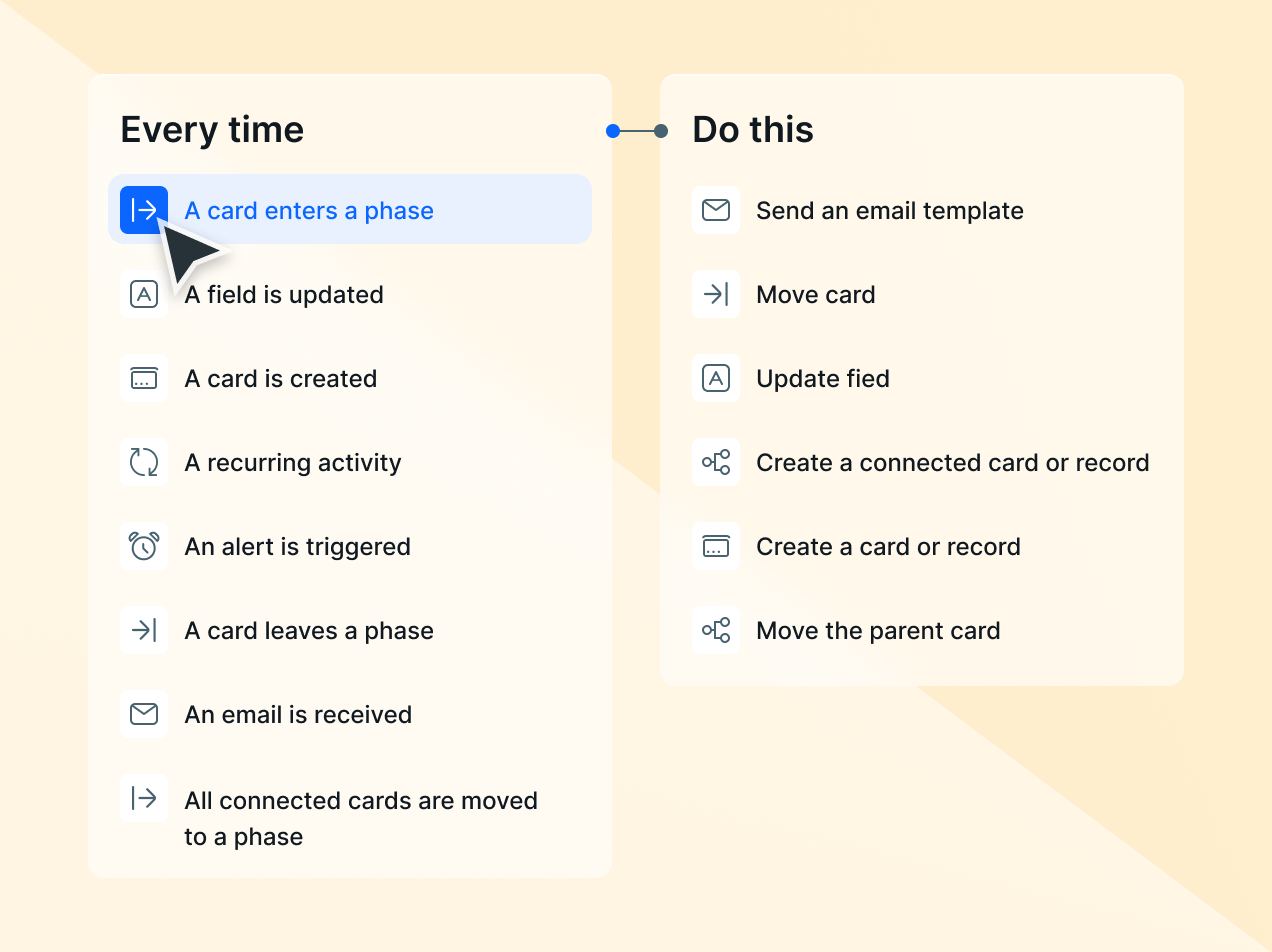
This is also a crucial measure to ensure your proposal process checks every box and includes everything it needs to. Without a system in place, it’s easy to get lost in the shuffle which can tempt your team to send sub-par proposals.
Here’s an example of a business proposal workflow you could set up:
- Start with a clear and concise executive summary
- Thoroughly understanding the client’s needs
- Tailor the proposal document to the client
- Showcase expertise and track record
- Provide a detailed scope of work and deliverables
- Emphasize our value proposition
- Incorporate visual elements
- Proofread and edit meticulously
- Promptly follow up with the client
- Follow up with the client x 3
- Follow up with the client x 4
- Follow up with the client x 5
- Follow up with the client x 6
- Follow up with the client x 7
- Book client and initiate onboarding workflow
7. Speed up the drafting process with AI writing assistants
Once your team perfects the proposal drafting process, consider using an AI writer to help them save time writing proposals.
With an AI writing assistant like Simplified AI, your team members can brainstorm proposal ideas, organize their thoughts, and generate copy. Proposal writing made easy! Say goodbye to the stress of formal documents.

To successfully use this tool, coach your writers on how to effectively use prompt engineering to deliver better AI writing results. They may also need to tweak the final copy so that it’s on-brand and caters to your specific prospect.
Here’s an example of prompt engineering:
“Hello Simplified AI, please write a business proposal that addresses Sarah Waters. Please include that it was a pleasure meeting her at the Tech 180 Mixer and that I’ve included the project proposal details she asked for. Please also include the following in the proposal:
(What we’re offering)
(Why we’re offering it)
(Why and how it’s the best solution to her problems)
(Next steps)
(Outro and email signature)”
*Pro-Tip 1: If you need to write an in-depth proposal, consider adding a table of contents to make navigation a breeze for your prospective customer.
*Pro-Tip 2: Don’t forget to edit your proposal with an AI editor, such as Writer or Grammarly. These tools can help you catch any grammar mistakes and scan your proposals for unintentional plagiarism.
Make your proposal accessible to prospects with disabilities
It’s also important to consider accessibility. As businesses strive to be more inclusive, text-to-speech versions of your proposal can be useful for clients with visual impairments or those who prefer audio over reading. It’s a simple step, but one that signals your willingness to cater to all potential partners.
Wrap up
Are you ready to write a winning business proposal? Put these tips into action, track your progress, and don’t forget to follow up with qualified leads until they convert.
If a prospect becomes disinterested, add their contact information to a “lost leads” spreadsheet for safekeeping — you never know when they could change their minds later down the road.
That’s it for now, until the request for proposal comes in.
Here’s to writing a successful business proposal! Good luck! 🍀✨

